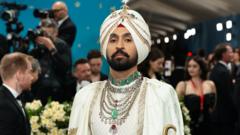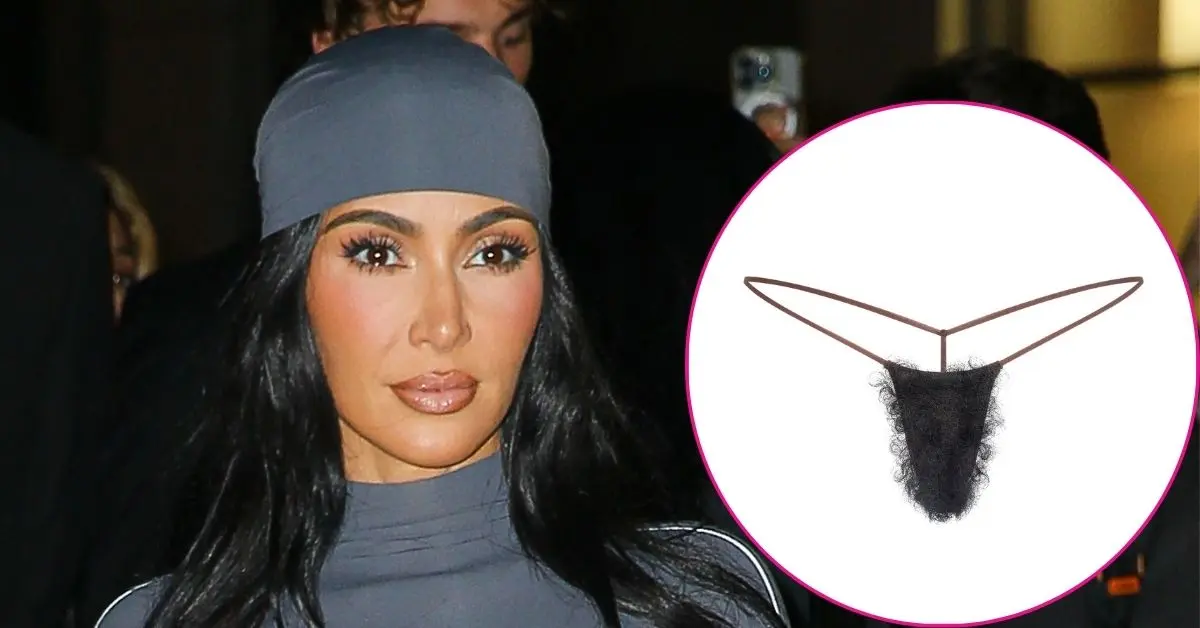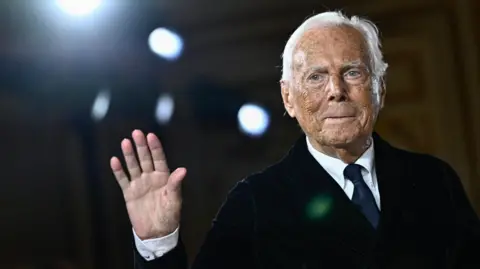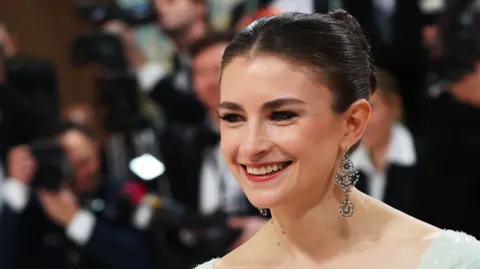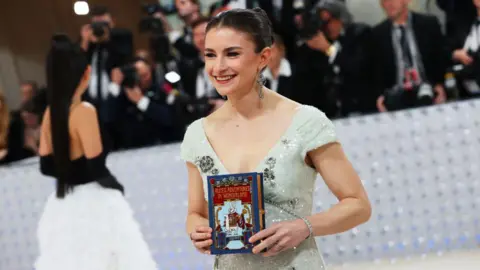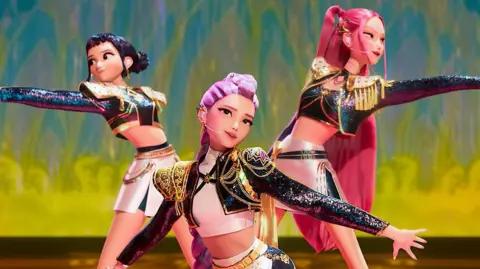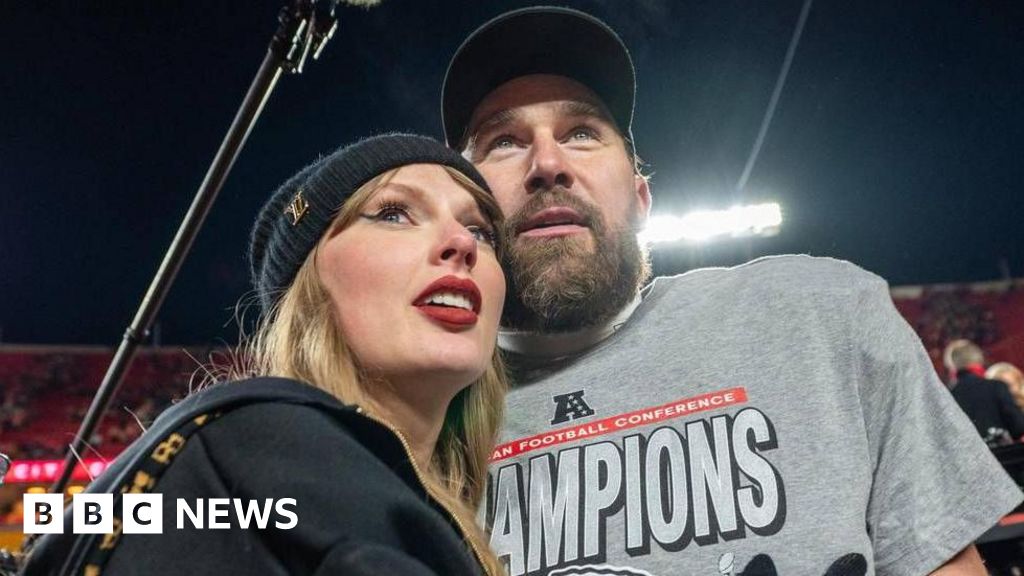In a striking evolution, Punjabi hip-hop artists like Diljit Dosanjh are redefining traditional bhangra fashion, making global waves with their unique styles. Dosanjh, the premier Punjabi performer at Coachella, recently turned heads at the Met Gala with a stunning outfit inspired by early 20th-century maharajahs. His cape featured an embroidered map of Punjab and Gurmukhi letters, while his ensemble was accessorized with a diamond necklace reminiscent of regal designs and a lion-headed sword.
Dosanjh represents a vibrant fusion of traditional Punjabi attire and contemporary fashion. Known for his eclectic style that incorporates everything from anti-fit trousers to colorful turbans, he portrays a narrative of cultural identity. This blend resonates within the global Punjabi community and influences the diaspora, expanding the reach of traditional garments like bhangra outfits, which now boast trends like high-performance sneakers and modern crop tops that have made their way into dance competitions worldwide.
The transformation is echoed by other Punjabi stars like Jazzy B and AP Dhillon, whose extravagant jewelry and tailored outfits speak to a growing trend among Punjabi youth. As these artists gain international recognition, their style combines elements of Western fashion with Punjabi heritage, drawing attention to a unique subculture that celebrates individuality.
Cultural experts affirm that this trend reflects a broader change wherein Punjabi musicians are innovating within their cultural narratives. As Punjabi communities evolve, so does their aesthetic. Art historian Alka Pande notes the region's long-standing reputation for creativity, describing it as a "showman" culture that thrives on hybridity.
This fusion has not only shaped personal styles but also become a defining aspect of Punjabi identity—a shift from agricultural roots to global fashion consciousness. This transformation symbolizes a collective aspiration, with young Punjabis adopting luxury brands as expressions of success. According to acclaimed singer Rabbi Shergill, these style choices represent a response to modern capitalist influences that reflect the identity of contemporary performers.
Interestingly, while Punjabi pop culture is rich and diverse, the style remains inherently fluid and oftentimes androgynous. Regardless of trends, performers infuse their unique heritage into their fashion, creating a distinctive identity that resonates through their music.
Today, bhangra performances often blend traditional costumes with modern twists, embracing sneakers and casual wear. Local brands like 1469 are capitalizing on this trend by producing merchandise that draws on the styles popularized by musical icons, leading to a booming market for youthful, stylish performance attire.
As Punjabi artists continue to make their mark globally, their fashion choices transform from mere personal statements to pivotal components of cultural identity. These evolving styles serve as a canvas for reinterpreting Punjabi heritage, emphasizing modernity while honoring traditional roots, thus reshaping how Punjabi culture is perceived and celebrated around the world.
Dosanjh represents a vibrant fusion of traditional Punjabi attire and contemporary fashion. Known for his eclectic style that incorporates everything from anti-fit trousers to colorful turbans, he portrays a narrative of cultural identity. This blend resonates within the global Punjabi community and influences the diaspora, expanding the reach of traditional garments like bhangra outfits, which now boast trends like high-performance sneakers and modern crop tops that have made their way into dance competitions worldwide.
The transformation is echoed by other Punjabi stars like Jazzy B and AP Dhillon, whose extravagant jewelry and tailored outfits speak to a growing trend among Punjabi youth. As these artists gain international recognition, their style combines elements of Western fashion with Punjabi heritage, drawing attention to a unique subculture that celebrates individuality.
Cultural experts affirm that this trend reflects a broader change wherein Punjabi musicians are innovating within their cultural narratives. As Punjabi communities evolve, so does their aesthetic. Art historian Alka Pande notes the region's long-standing reputation for creativity, describing it as a "showman" culture that thrives on hybridity.
This fusion has not only shaped personal styles but also become a defining aspect of Punjabi identity—a shift from agricultural roots to global fashion consciousness. This transformation symbolizes a collective aspiration, with young Punjabis adopting luxury brands as expressions of success. According to acclaimed singer Rabbi Shergill, these style choices represent a response to modern capitalist influences that reflect the identity of contemporary performers.
Interestingly, while Punjabi pop culture is rich and diverse, the style remains inherently fluid and oftentimes androgynous. Regardless of trends, performers infuse their unique heritage into their fashion, creating a distinctive identity that resonates through their music.
Today, bhangra performances often blend traditional costumes with modern twists, embracing sneakers and casual wear. Local brands like 1469 are capitalizing on this trend by producing merchandise that draws on the styles popularized by musical icons, leading to a booming market for youthful, stylish performance attire.
As Punjabi artists continue to make their mark globally, their fashion choices transform from mere personal statements to pivotal components of cultural identity. These evolving styles serve as a canvas for reinterpreting Punjabi heritage, emphasizing modernity while honoring traditional roots, thus reshaping how Punjabi culture is perceived and celebrated around the world.

